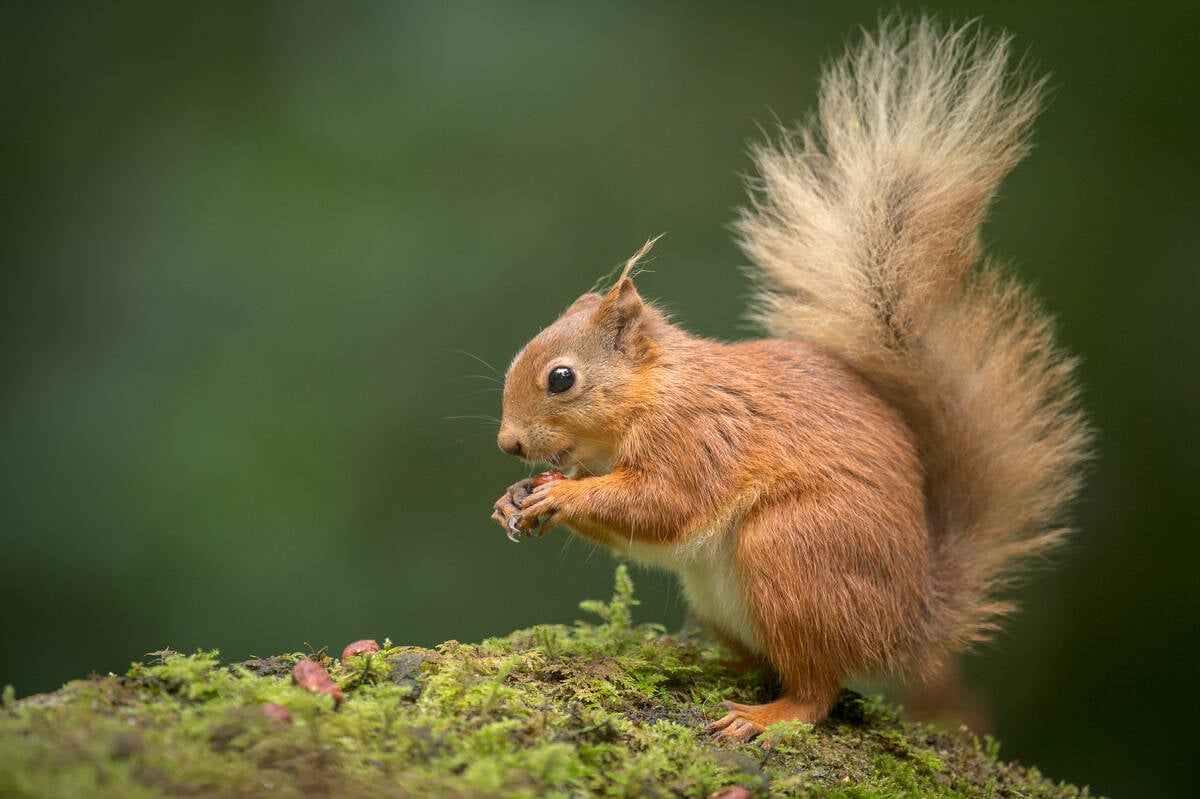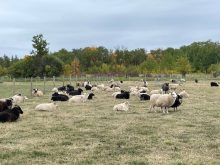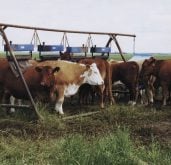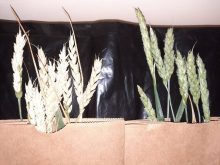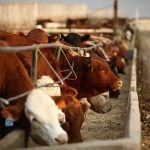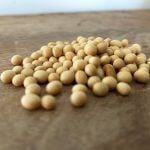Rodent management is not a topic that I would normally write about, but I feel compelled to share an odd revelation.
When I purchased my acreage between Devon and Spruce Grove in 1996, it came replete with a large house, double garage, a 1,000-square-foot Quonset (100 square metres) and a 1,000-square-foot greenhouse. I replaced the aging greenhouse with a 1,000-square-foot Dutch-style greenhouse in 2012. The Quonset and the greenhouse were adjacent, facing east to west, with the greenhouse obviously on the south side. I sectioned off the Quonset with a sheep pen on one side, taking up some 20 per cent of the space, and a chicken house taking about 15 per cent of the space, along with electrical service for winter heating.
Read Also

Gentle treatments for pain in the neck
Heading toward year-end, people unknowingly tense up against the cold and busyness, causing neck pain that can often be treated with appropriate support and gentle mobility, athletic therapist Kathlyn Hossack says.
I kept around 15 mixed-breed laying hens replete with a rooster in the henhouse, which had access to an outside top-wired chicken pen. I learned that chickens left outside in green pens, particularly young hens or bantams, would be killed by the resident ravens. The ravens worked in gangs of three or four. I considered buying an English gamecock from a friend to kill off the ravens. The hens also got attacked by hawks on a couple of occasions when I had them outside of the top-wired pen. So much for free-range chickens.
But my main problem raising chickens for farm-fresh eggs was mice. When I had the chickens indoors in the Quonset overwinter, I was inundated with mice. They multiplied phenomenally and each year by early spring there would be a hundred or more mice running around the chicken part of the Quonset.
I kept all the chicken food, which included pellets, peas, corn and small cereal grain, in those big, round, mouse-proof 50-gallon plastic barrels — barrels that you could purchase from car washing operations.
In an attempt to control the mice, I tried humane traps, 5-gallon plastic pails, mouse traps and mouse poisons. None worked. The mice even moved into the greenhouse, where they damaged my overwintering fruit and ornamental stock and eventually into the garage and the house.
One of my daughters gave me a pair of neutered cats, which I moved into the Quonset. I had to install heating and food and water facilities for the cats. The cats had access to the chicken area where they could get the mice. It worked fairly well but there were always some mice around. Both cats passed away after 14 years in 2018, but they did reduce the mouse population.
In the last few years, I reduced the hen population down to five or six at any given time and pastured them in an outdoor area in part of my garden from May to October. This allowed me to clean out the henhouse of spilled, uneaten grain. Unfortunately, the mice followed the hens outside and back indoors for the winter. These mice also again ended up in the greenhouse and house, where I repeatedly had to poison them off.
But then
In fall 2022, a mousing miracle happened. A squirrel moved into the henhouse in the Quonset. I thought of it initially as a nuisance since the squirrel kept filling up the nest boxes with pine cones from nearby trees. I repeatedly cleaned out the flowerpots and the squirrel switched his pine cone storing to some larger flowerpots that I had left in the rest of the Quonset.
The squirrel was a male since there were no young. He would take corn cobs and bread from the hens, fill flowerpots with pine cones and let me watch him eating in the nearby pine tree.
What I noticed in spring 2023 was astounding. There was no sign of mice — not even in the greenhouse or garage, where I regularly poisoned them. By fall 2023, the henhouse was still mouse-free. And in all of 2024, there was no sign of mice anywhere in the greenhouse, Quonset, garage or house.
I do not know what the squirrel does to drive the mice away. Does he kill them or eat them? I know that in the wild mice or voles could raid a squirrel’s vital winter food stocks. So perhaps it’s a natural occurrence.
I have several urban friends who complain about squirrel damage in their urban or rural gardens. A couple of friends tell me that they have trapped up to 30 squirrels and taken them many miles away before releasing them. Remove a squirrel and you create a territorial void others will quickly fill. My advice would be to keep one or perhaps two squirrels happy with supplemental grain — chicken feed, for example — in a hanging container and they will keep their territories mouse-free.
So, next time you see a squirrel running around your chicken flock, barn, house or garage, think again. Squirrels are very territorial, so you only get one at a time in any given area. I certainly have changed my mind about Canada’s little red squirrel that’s made my property and house mouse-free.


